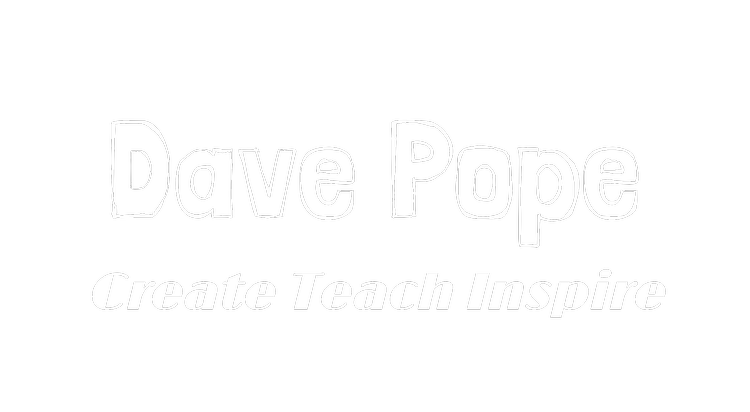When it comes to headshot photography, lighting is everything. One technique that consistently produces stunning results is clamshell lighting. By using both a strobe and a speedlight, you can create soft, flattering light that highlights your subject's best features. In this blog post, we'll dive into the step-by-step process of setting up clamshell lighting for headshots.
What is Clamshell Lighting?
Clamshell lighting is a popular lighting setup in portrait photography. It involves placing two light sources, one above and one below the subject's face, to create a soft and even illumination. The top light acts as the main light source, while the bottom light fills in shadows, producing a flattering, almost shadow-free look.
What You'll Need
Strobe Light: This will serve as your main light source and provide the primary illumination for your subject.
Speedlight: The speedlight positioned below your subject will act as a fill light to reduce shadows.
Light Stands: To secure your strobe and speedlight in the desired positions.
Softboxes or Umbrellas: These modifiers will help diffuse the light, creating a soft and even glow.
Trigger System: A wireless trigger system or sync cables to synchronize the flash from both light sources.
Step-by-Step Guide to Clamshell Lighting
1. Set Up Your Strobe Light (Main Light)
Position your strobe light on a light stand above and slightly in front of your subject. Angle it downward at about a 45-degree angle. Attach a softbox or umbrella to the strobe to diffuse and soften the light.
2. Place Your Speedlight (Fill Light)
Position your speedlight on a second light stand below your subject, directly facing their face. Attach a softbox or umbrella to the speedlight to match the modifier on your strobe. I used a speed light bracket and a small softbox modifier.
3. Adjust Power Settings
Begin with both your strobe and speedlight at their lowest power settings. You can adjust the power as needed to achieve the desired exposure. Typically, the strobe should be set at a slightly higher power level than the speedlight.
4. Sync the Lights
Use a wireless trigger system or sync cables to ensure that both lights fire simultaneously. This synchronization is crucial to achieving the desired clamshell lighting effect. I used the Godox AD200pro as the main light and the Godox V1 speed light set to slave mode so I only need to trigger the big light.
5. Position Your Subject
Have your subject sit or stand comfortably, facing the camera. Their eyes should be in line with the camera lens.
6. Fine-Tune the Lights
Work closely with your subject to make any necessary adjustments. You may need to fine-tune the position and power of both the strobe and speedlight to achieve even and flattering lighting.
7. Capture the Shot
Once everything is set up correctly, start capturing your headshots. Encourage your subject to try different poses and expressions to get a variety of shots.
8. Post-Processing (Optional)
In post-processing, you can fine-tune the exposure, contrast, and color balance to perfect your headshots. However, with the right clamshell lighting setup, you'll find that minimal post-processing is needed.
Clamshell lighting, achieved by combining a strobe and a speedlight, is a powerful technique for headshot photography. It produces soft, flattering light that minimizes shadows and highlights your subject's best features. By following the steps outlined in this guide and experimenting with different settings, you'll be well on your way to creating stunning headshots that leave a lasting impression.


